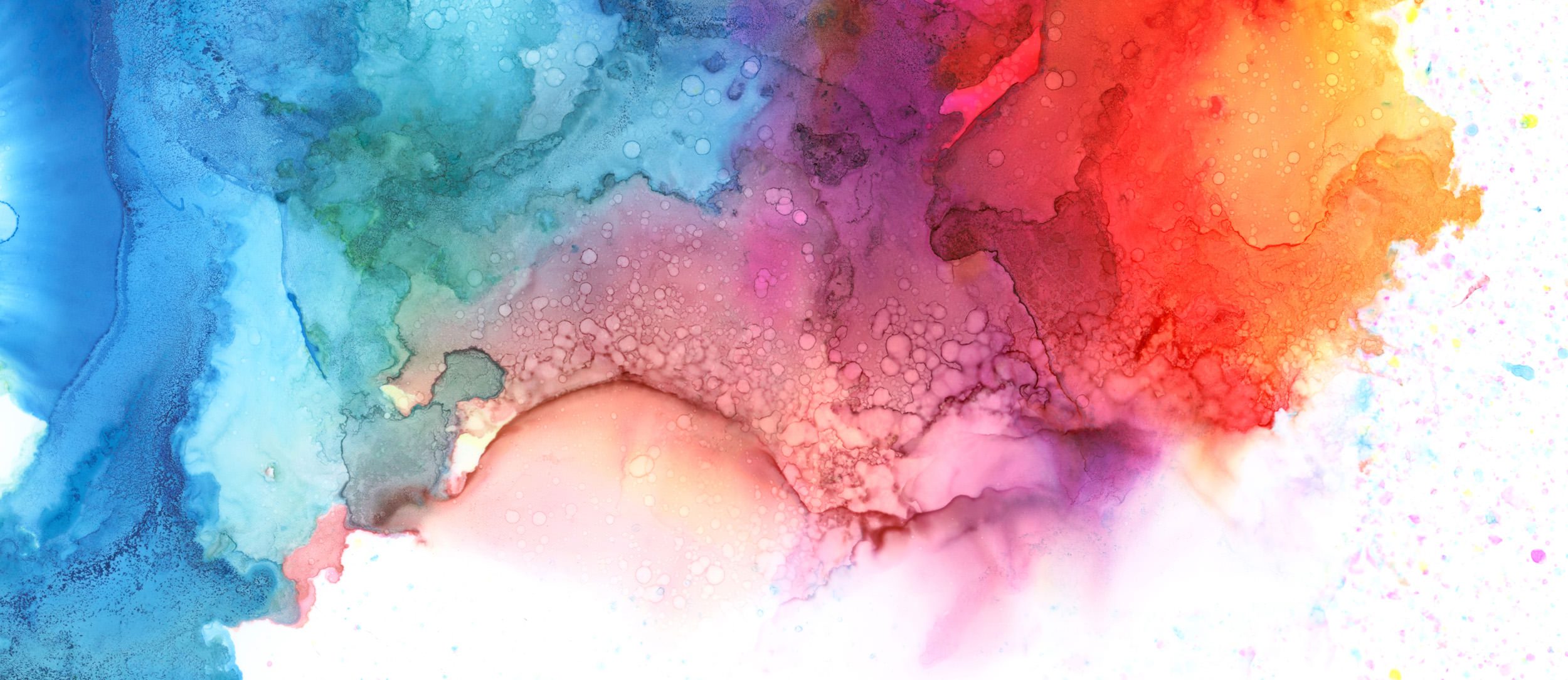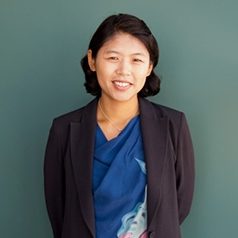
Adobe photo.
The Mittal Institute’s Conservation Science Research and Training Program (CoSTAR) program is an attempt to bridge the gap between art history, museology, art conservation, and conservation science, with the aim of strengthening the practice of conservation science in India. Module 1 of the CoSTAR program began in April 2021 and consisted of a nine-week lecture series. Module 2 of the program was launched in November 2021.
The program is a collaboration between the Lakshmi Mittal and Family South Asia Institute, Harvard University, Harvard Global Research Support Centre in New Delhi, the Harvard Art Museums, Harvard University and Chhatrapati Shivaji Maharaj Vastu Sangrahalaya (CSMVS) Museum in Mumbai.
Part I: From art conservation and historical studies
CoSTAR encourages the integration of scientific study into the process of art conservation, including art objects and art historical studies, in India. The CoSTAR program can help build connections between conservationists, archaeologists, and museum curators and represents over 50 institutions and more than 100 participants. The sessions are conducted by international speakers and topics of discussion in Module 1 included ‘The Intersection of Art History and Material Science’, ‘The Importance of Systematic Data Collection and Modern Materials in Art’, ‘The life of an object: interdisciplinary approached to technical research and interpretation’, ‘Plastics in Collections’, ‘Sustainable Preventative Conservation’ and ‘Intangible Cultural Heritage and Challenges to Conservation: Perspectives from Working Within Indigenous Collection.’
Prof. Kim: Application of the results of scientific study for art historical research and how to record and organize the data
On 10th February 2022 Anupam Sah, Head of Conservation, Chhatrapati Shivaji Maharaj Vastu Sangrahalaya (CSMVS Museum), Mumbai, was joined by Jinah Kim, George P. Bickford Professor of Indian and South Asian Art at Harvard University’s Department of History of Art and Architecture. Professor Kim has been at the helm of the Arts Program at the Lakshmi Mittal and Family South Asia Institute since 2018 and her research interests cover topics ranging from the intertextuality of text-image relationship, art, politics and the materiality of sacred objects such as paintings and texts.

Jinah Kim, George P. Bickford Professor of Indian and South Asian Art, Harvard University.
The talk began with the importance of understanding the material composition of painted surfaces for historical study, including the science behind various pigment compositions. The historical artistic practices can be better understood using the study of surfaces. Professor Kim then spoke about the various pigment recipes present in textual sources versus the artistic practices of using different colors. Audience members were introduced to different pigment use and different techniques that can be used to study paintings.
Professor Kim touched on the possibility of further research around trade routes, and the historical use of pigments found in paintings around the world. For example, Smalt, a pigment that began to be manufactured in Europe in the 15th century and popularized in 17th-century Netherlands, may have been in use in the Indian subcontinent prior to its importation by the Dutch East India Company in the 17th century. Professor Kim spoke about her favorite painting from the Harvard Art Museums, A Nayika and Her Lover: Page from the Basohli Rasamanjari, and took audiences through the different colors, the various pigments that created those colors, and the techniques used to conduct research on these artworks. Professor Kim then spoke about the Mapping Color in History (MCH) project, specifically, the methods of data collection used during artwork analysis. She concluded the talk by guiding audiences through the MCH website database, which organizes data to show paintings in their geo-spatial coordinates sorted by pigment, color, elements, and more. The CoSTAR workshop participants had an exclusive preview of the MCH database that is not yet publicly available.
Conclusion
This was a deeply technical, insightful session helmed by Professor Jinah Kim and subsequent sessions will examine both technical art history as well as the science of conservation. Sessions will also cover multi-disciplinary conservation approaches, including chemistry, microbiology, science, art history and the social sciences.
